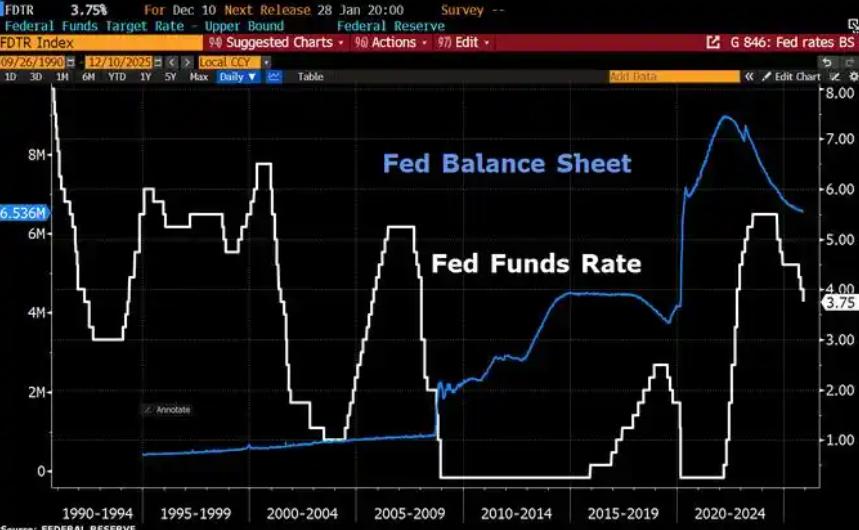
At 1:00 a.m. local time on April 17th, the price of gold soared again. Spot gold rose sharply by more than 100 US dollars, breaking through the 3,350 US dollar per ounce mark during the trading session and reaching a high of 3,357.92 US dollars, setting a new historical record. Federal Reserve Chair Powell said in a public speech that the newly implemented tariff policy recently is expected to push up short-term inflation and drag down economic growth. Therefore, the Federal Reserve will adopt a "wait-and-see" strategy to ensure a balance between achieving maximum employment and price stability.
The current strong trend of the gold market is driven by multiple factors and has also brought complex and multi-faceted impacts on the economy. The first is the impact on investors. Investors may readjust their asset allocation, increase the proportion of holdings in safe-haven assets such as gold, and reduce the investment demand for risky assets such as stocks and bonds, leading to increased volatility in the stock market. The rise in gold prices will directly benefit the precious metals market, attracting more funds to flow into gold ETFs, futures contracts and other products, which may further drive up the gold price and form a positive feedback loop. Meanwhile, other precious metals such as silver, platinum and palladium may also be affected by the linkage effect and experience price fluctuations. As an important raw material for jewelry, the increase in the price of gold will raise production costs, which may lead to an increase in jewelry prices, suppress consumer demand and affect the sales revenue of related industries. For the luxury goods industry, the increase in gold prices may further push up the prices of high-end products and affect market demand.
The second is the impact on global economic policies. Gold and the US dollar usually have a negative correlation. A breakthrough of the gold price above $3,350 per ounce may imply a further weakening of the US dollar's credit, leading to an accelerated trend of global foreign exchange reserve diversification. Emerging market countries may reduce their dollar reserves and instead increase their holdings of gold, thereby weakening the international dominance of the dollar. In addition, gold is widely used in fields such as electronics and aerospace. An increase in its price may lead to higher production costs in related industries and affect profit margins. If the price of gold is too high, it may prompt enterprises to seek alternative materials or technological solutions, promoting technological innovation. Many central banks of various countries regard gold as an important component of their foreign exchange reserves. The rise in gold prices may increase the value of central bank reserves and enhance their international credibility. Central banks of various countries may adjust their reserve management strategies based on the trend of gold prices, such as increasing or decreasing the purchase of gold. If the rise in gold prices reflects the warming of inflation expectations, central banks may need to accelerate the pace of interest rate hikes to control inflation, which could have a profound impact on economic growth and financial markets. Conversely, if the increase in gold prices is mainly due to the demand for safe-haven assets, central banks are likely to tend to maintain loose monetary policies to support economic growth.
The third is the impact on the global economic environment. The increase in gold prices directly benefits gold mining companies, enhancing their profitability and stock price performance. This may stimulate the production expansion and capital expenditure of related enterprises, driving the performance of the entire resource sector. Gold, as a "barometer" of the commodity market, its price increase may trigger bullish expectations for other commodities (such as crude oil and copper) in the market, leading to intensified overall fluctuations in the commodity market. Meanwhile, the rise in gold prices may reflect the upward trend of global trade protectionism, prompting enterprises to reconsider their supply chain layouts and reduce their reliance on a single market. This transformation may intensify the fragmentation of the global supply chain, affecting production efficiency and costs. As the ultimate safe-haven asset, the soaring price of gold directly reflects the market's concerns over the escalation of the tariff war among China, the United States and Europe, the disruption of supply chains and the slowdown of global economic growth. The spread of this risk-averse sentiment may curb international trade and investment activities, further dragging down the global economic recovery.
To sum up, the spot gold price breaking through $3,350 per ounce is not only a price signal but also a concentrated manifestation of the deep-seated contradictions in the global economy and financial system. These impacts may be transmitted to the real economy through multiple channels such as risk aversion sentiment, monetary policy, capital flows, and the commodity market, intensifying the uncertainty and volatility of the global economy.

Since 2022, the Fed has cumulatively reduced its balance sheet by $2.4 trillion through quantitative tightening (QT) policies, leading to a near depletion of liquidity in the financial system.
Since 2022, the Fed has cumulatively reduced its balance sh…
On December 11 local time, the White House once again spoke…
Fiji recently launched its first green finance classificati…
Recently, the European Commission fined Musk's X platform (…
At the end of 2025, the situation in the Caribbean suddenly…
The U.S. AI industry in 2025 is witnessing a feverish feast…